-
 Bitcoin
Bitcoin $118900
0.42% -
 Ethereum
Ethereum $3710
-2.88% -
 XRP
XRP $3.513
-2.96% -
 Tether USDt
Tether USDt $1.000
-0.01% -
 Solana
Solana $203.0
3.65% -
 BNB
BNB $765.5
-1.29% -
 USDC
USDC $0.9998
0.00% -
 Dogecoin
Dogecoin $0.2671
-4.18% -
 Cardano
Cardano $0.8817
-3.63% -
 TRON
TRON $0.3139
-0.64% -
 Hyperliquid
Hyperliquid $44.34
-5.45% -
 Stellar
Stellar $0.4637
-4.08% -
 Sui
Sui $3.908
-2.59% -
 Chainlink
Chainlink $19.34
-2.62% -
 Hedera
Hedera $0.2712
-3.77% -
 Avalanche
Avalanche $24.97
-4.13% -
 Bitcoin Cash
Bitcoin Cash $519.8
-1.48% -
 Shiba Inu
Shiba Inu $0.00001518
-3.74% -
 Litecoin
Litecoin $115.6
-2.21% -
 Toncoin
Toncoin $3.460
3.68% -
 UNUS SED LEO
UNUS SED LEO $8.977
-0.07% -
 Polkadot
Polkadot $4.460
-2.96% -
 Uniswap
Uniswap $10.53
-5.43% -
 Ethena USDe
Ethena USDe $1.001
0.01% -
 Monero
Monero $323.6
-0.36% -
 Pepe
Pepe $0.00001379
-2.60% -
 Bitget Token
Bitget Token $4.772
-3.90% -
 Dai
Dai $0.9999
0.00% -
 Aave
Aave $307.5
-6.66% -
 Bittensor
Bittensor $441.8
0.84%
Is trading on Binance Futures profitable?
Binance Futures lets traders profit using leverage, but understanding liquidation, fees, and risk management is key to avoiding losses and building consistent returns.
Jul 22, 2025 at 09:56 pm
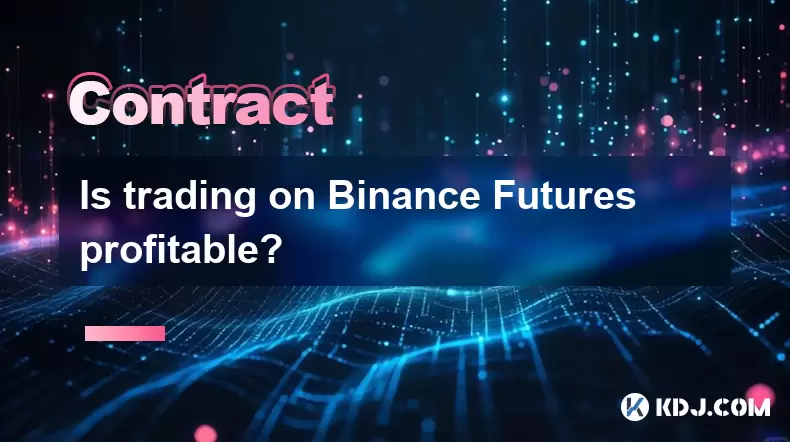
Understanding Binance Futures Mechanics
Binance Futures is a derivatives trading platform that allows users to trade perpetual and quarterly futures contracts using leverage. Unlike spot trading, where you buy and hold actual cryptocurrency, futures trading involves entering into agreements to buy or sell assets at a predetermined price in the future. The profitability of Binance Futures hinges on accurate market predictions, risk management, and understanding how leverage amplifies both gains and losses. Traders must grasp concepts like mark price, funding rates, and liquidation levels to avoid unexpected losses. For example, if a trader opens a long position with 10x leverage on BTC/USDT and the price moves 10% against them, they lose 100% of their margin — a scenario known as liquidation.
How Leverage Impacts Profit and Risk
Leverage allows traders to control larger positions with less capital. On Binance Futures, leverage can go up to 125x for certain pairs, though this is extremely risky for inexperienced users. To set leverage:
- Navigate to the futures trading interface
- Click the leverage selector next to the order entry box
- Choose your desired level (e.g., 5x, 10x, 25x)
- Confirm the change in the pop-up window
Each level adjusts your margin requirement. At 10x leverage, a $100 position only requires $10 as margin. However, if the market moves 10% against you, your entire margin is wiped out. Conversely, a 10% favorable move yields a 100% return on your initial margin. This double-edged sword means risk management is non-negotiable — always use stop-loss orders and never risk more than 1–2% of your total capital per trade.Calculating Profit and Loss on Binance Futures
Profit and loss (PnL) on Binance Futures depends on entry price, exit price, position size, and leverage. For a long position: - PnL = (Exit Price - Entry Price) × Position Size
For a short position: - PnL = (Entry Price - Exit Price) × Position Size
Assume you open a long position at $30,000 with 10x leverage and 0.01 BTC position size. If the price rises to $33,000: - PnL = ($33,000 - $30,000) × 0.01 = $30
This represents a 30% gain on your $100 margin. Binance displays real-time PnL in your position tab, including unrealized PnL based on the current mark price. Understanding this calculation helps you evaluate whether your strategy is generating consistent returns or exposing you to unsustainable drawdowns.Common Strategies Used by Profitable Traders
Many profitable traders on Binance Futures use a combination of technical analysis, risk controls, and disciplined execution. Popular strategies include: - Trend following: Using moving averages and RSI to enter long positions in uptrends and short positions in downtrends
- Mean reversion: Trading against extreme price movements when RSI exceeds 70 or falls below 30
- Funding rate arbitrage: Going long when funding rates are negative (you get paid) and short when positive (you pay)
- Breakout trading: Entering positions when price breaks key support/resistance levels with high volume
These strategies require backtesting and consistent application. For example, a trend follower might set a 50-period EMA as a filter and only take long entries when price is above it and RSI > 50. Each trade must have a predefined stop-loss and take-profit level — emotional trading leads to losses.Hidden Costs and Fees That Affect Profitability
Binance Futures charges a taker fee of 0.04% and a maker fee of 0.02% per trade. While these seem small, frequent trading can erode profits. For instance, 100 round-trip trades at 0.04% taker fee each on a $1,000 position cost $80 in fees alone. Funding fees, paid every 8 hours for holding perpetual contracts, also impact profitability. If the funding rate is 0.01%, holding a $1,000 position costs $0.10 every 8 hours — $0.30 per day. Over time, these compounding fees reduce net gains, especially for swing traders holding positions for days. Always factor in fees when calculating break-even points for your strategy.Frequently Asked Questions
Q: Can I make consistent profits on Binance Futures without using leverage?
Yes. You can trade with 1x leverage, which functions like spot trading but with futures contracts. This reduces liquidation risk and allows you to focus on directional accuracy without magnified losses. However, profits will be smaller per trade, so position sizing and consistency become more critical.Q: How do I check my liquidation price on Binance Futures?
In the “Positions” tab, Binance automatically displays your liquidation price next to each open position. It’s calculated based on your leverage, entry price, and maintenance margin ratio. You can also manually estimate it:
Liquidation Price (Long) = Entry Price × (1 - (Initial Margin / Position Size))Q: What is the difference between isolated and cross margin modes?
Isolated margin limits risk to the allocated margin for that position — if liquidated, only that position closes. Cross margin uses your entire wallet balance as collateral, reducing liquidation risk but exposing all funds. Beginners should start with isolated margin for better control.Q: Does Binance Futures offer demo accounts for practice?
Yes. Binance offers a testnet version of Futures where you can trade with virtual funds. Access it via the Binance Futures testnet website. This allows you to simulate real market conditions without risking capital — ideal for testing strategies and learning platform mechanics.
Disclaimer:info@kdj.com
The information provided is not trading advice. kdj.com does not assume any responsibility for any investments made based on the information provided in this article. Cryptocurrencies are highly volatile and it is highly recommended that you invest with caution after thorough research!
If you believe that the content used on this website infringes your copyright, please contact us immediately (info@kdj.com) and we will delete it promptly.
- SEC, Bitcoin, and Crypto: Navigating the Wild West of Digital Finance
- 2025-07-23 04:30:12
- Tyre Legalities, the 20p Test, and Expert Advice: Staying Safe on the Road
- 2025-07-23 04:50:12
- Liberty Head Double Eagle Proofs: A Golden Opportunity?
- 2025-07-23 04:55:12
- Solana NFTs Surge: Riding the Wave of Market Volume and NFT Hype
- 2025-07-23 04:30:12
- Stablecoin Market, US Treasuries, and Financial Risk: A Deep Dive
- 2025-07-23 05:00:13
- Wall Street Pepe (WEPE) and the Solana Meme Coin Mania: A New Era?
- 2025-07-23 03:30:13
Related knowledge

How to trade ETH perpetuals on Bitstamp?
Jul 23,2025 at 03:28am
Understanding ETH Perpetual ContractsETH perpetual contracts are derivative products that allow traders to speculate on the price of Ethereum without ...
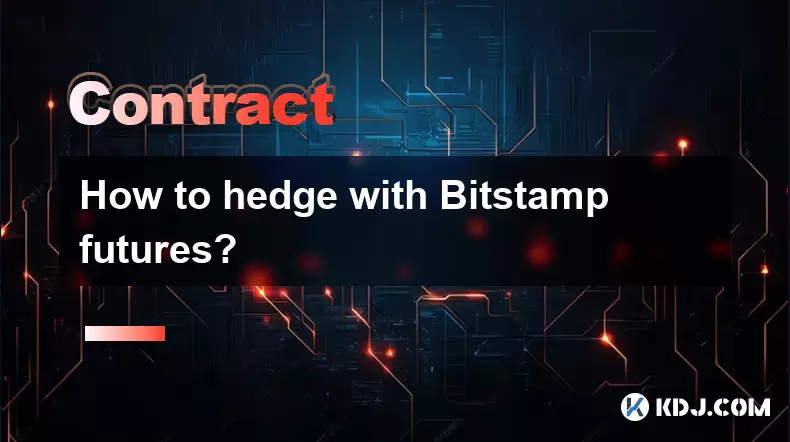
How to hedge with Bitstamp futures?
Jul 23,2025 at 02:00am
Understanding Bitstamp Futures ContractsBitstamp futures are financial derivatives that allow traders to speculate on or hedge against the future pric...
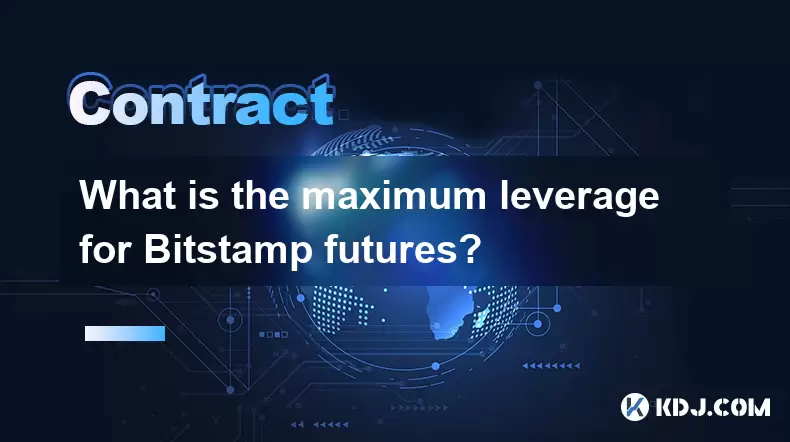
What is the maximum leverage for Bitstamp futures?
Jul 23,2025 at 05:21am
Understanding Bitstamp FuturesBitstamp, a well-established cryptocurrency exchange, offers futures trading to users seeking advanced financial instrum...
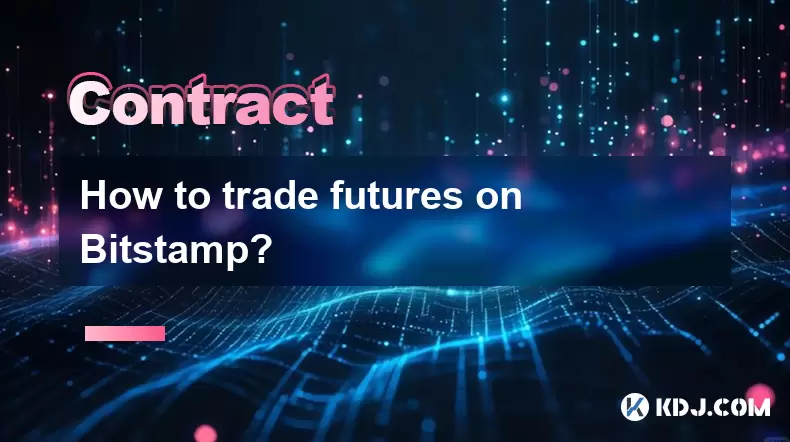
How to trade futures on Bitstamp?
Jul 23,2025 at 12:56am
Understanding Bitstamp Futures TradingFutures trading on Bitstamp allows users to speculate on the future price of cryptocurrencies such as Bitcoin an...
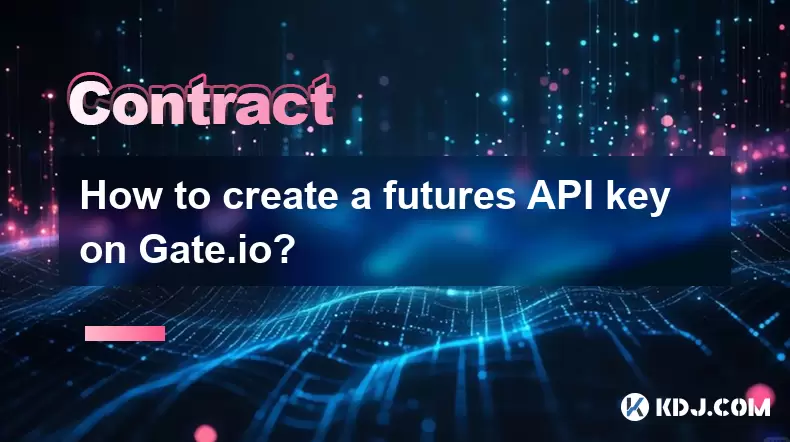
How to create a futures API key on Gate.io?
Jul 23,2025 at 03:49am
Understanding Futures API Keys on Gate.ioA futures API key on Gate.io allows traders to automate trading strategies, manage positions, and retrieve re...
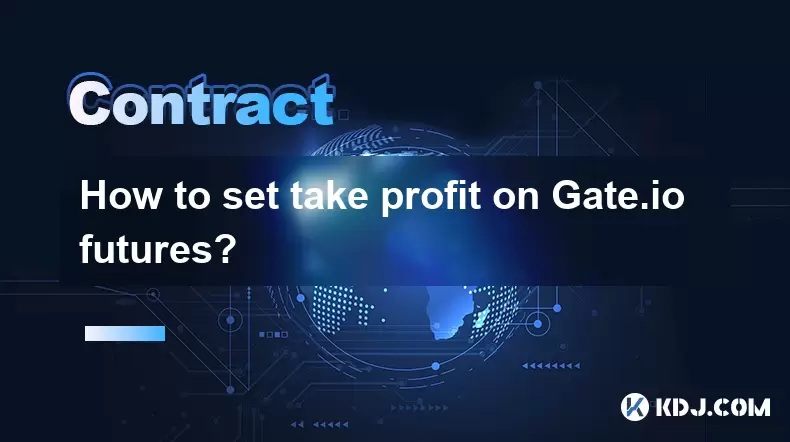
How to set take profit on Gate.io futures?
Jul 23,2025 at 01:14am
Understanding Take Profit in Gate.io FuturesWhen trading futures on Gate.io, a take profit (TP) order allows traders to automatically close a position...

How to trade ETH perpetuals on Bitstamp?
Jul 23,2025 at 03:28am
Understanding ETH Perpetual ContractsETH perpetual contracts are derivative products that allow traders to speculate on the price of Ethereum without ...

How to hedge with Bitstamp futures?
Jul 23,2025 at 02:00am
Understanding Bitstamp Futures ContractsBitstamp futures are financial derivatives that allow traders to speculate on or hedge against the future pric...

What is the maximum leverage for Bitstamp futures?
Jul 23,2025 at 05:21am
Understanding Bitstamp FuturesBitstamp, a well-established cryptocurrency exchange, offers futures trading to users seeking advanced financial instrum...

How to trade futures on Bitstamp?
Jul 23,2025 at 12:56am
Understanding Bitstamp Futures TradingFutures trading on Bitstamp allows users to speculate on the future price of cryptocurrencies such as Bitcoin an...

How to create a futures API key on Gate.io?
Jul 23,2025 at 03:49am
Understanding Futures API Keys on Gate.ioA futures API key on Gate.io allows traders to automate trading strategies, manage positions, and retrieve re...

How to set take profit on Gate.io futures?
Jul 23,2025 at 01:14am
Understanding Take Profit in Gate.io FuturesWhen trading futures on Gate.io, a take profit (TP) order allows traders to automatically close a position...
See all articles

























































































